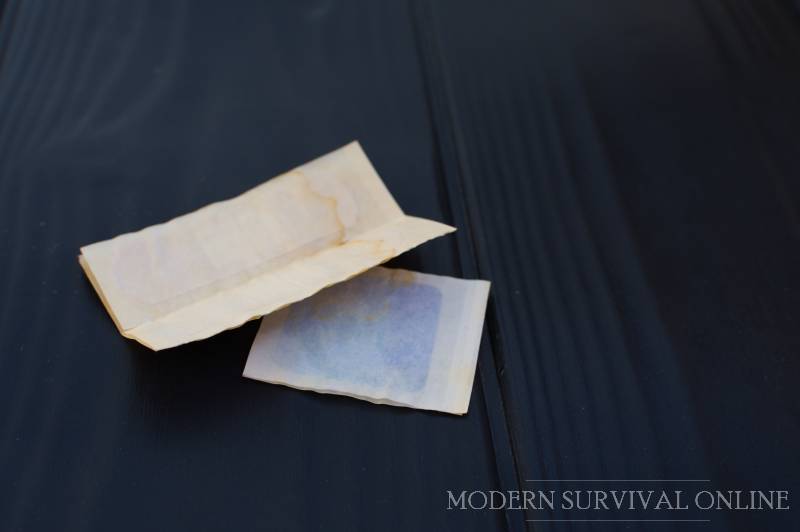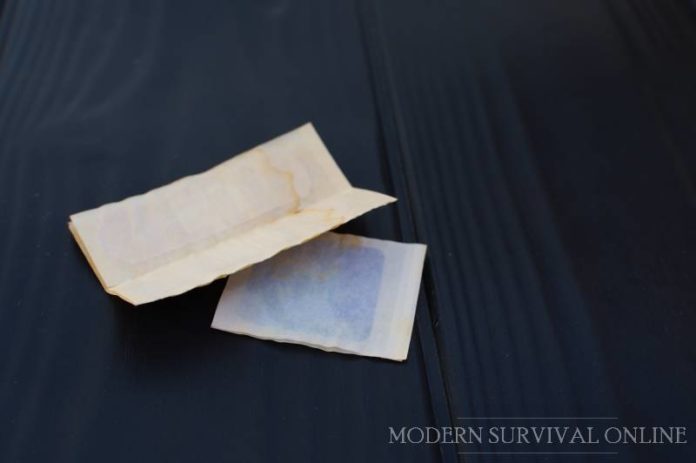Nothing made by man will last indefinitely even when it isn’t being used. This is certainly true for medical supplies. There is no drug that will not start to degrade over time and no piece of equipment that will not eventually wear out or rust away. That is easy to understand for those two categories but what about soft goods like bandages?
Will bandages expire or wear out from lack of use? No, most common bandages don’t have expiration dates, however all bandages break down over time, and lose their sterility. Time will eventually claim all things, and even the simplest of bandages is vulnerable to dry rot, loss of adhesion, and other factors.

You should not take it for granted that the fundamentals require no care, no rotation and no maintenance. Trying to rely on bad or out of date bandages might result in your medical intervention failing when you can least afford it. Keep reading to learn the ins and outs of maintaining and rotating bandages of all kinds.
Bandage Components and Vulnerability
Generally speaking, the more advanced the bandage the more likely it is that it has a legitimate shelf life. As mentioned above, any bandage that has incorporated a sort of medicine or other chemical agent for various purposes is more than likely going to have a genuine expiration date that should be printed on the package. These are the bandages you’ll have to watch the closest.
The next bandages you should keep an eye on are any incorporating an adhesive component, like the humble Band-Aid, or any bandage that has a coating or outer layer that is designed to stick to itself. These adhesives and coatings will quite simply break down over time, eventually losing their adhesive quality entirely or performing erratically.
Lastly, traditional gauze bandages or bandages made from other materials woven together can still be made ineffective overtime by exposure to varying atmospheric conditions, friction and other forces. Even if your bandages remain in their original packaging they could still fail after a long period of time.
Keep reading to learn about the various factors you’ll have to keep an eye on.
Temperature, Weather, Humidity
One of the biggest impacts on your bandages lifespan and survivability will come from atmospheric conditions. Things like the overall temperature, temperature swings, humidity and more all play a part.
Bandages kept in a cool, dark, dry place will last far longer than ones that have to deal with major temperature swings, high humidity and constant bombardment from UV rays.
Unfortunately, our first-aid kits have to go where we go in order to be there when we need them and that means they are typically exposed to the same atmospherics that we are.
The only way to counter this inescapable fact is to do what you can to keep your bandages safe from humidity and rough weather, and keep a vigilant check on them for any signs of degradation.
If your first-aid kit goes with you as part of an EDC kit or a go bag that means it’s probably going to be spending some time in your car, at least some of the time.
The interior of vehicles can become screaming hot or bitterly cold in no time depending on the climate and that means your bandages will have to put up with some punishment.
The same thing is worth considering if you take your kit with you into a particularly wet or even highly humid environment. Moisture is the enemy of all kinds of things and particularly harmful to soft goods where it will lead to mold, rot and other degradation.
If you live near the coast or take your first-aid kit with you out on the water (to say nothing of getting it completely soaked by rain or immersion) you can depend on your bandages going bad more quickly than they would otherwise.
Even some things you might not expect like heavy perspiration from your body, and the case of an on body carried first-aid kit and dirt, dust and grit accumulation from wind or just adventures out in the world can slowly and surely start to gnaw its way through the packaging of your bandages, compromising them.
Inspect Your Bandages to Avoid Surprises
You might be surprised to learn that the vast majority of bandages (and especially conventional bandages without any adhesives or other added components) typically lack an expiration date entirely.
This is not without reason, as most conventional bandages don’t really have any ingredients to expire even if they can degrade to the point of uselessness over time.
Obviously any bandage that has medicines or other chemical components built into it can and will expire and you should judiciously follow the manufacturer’s expiry date but aside from that, and including adhesive advantages, figuring out when the bandages in your personal first-aid kit are passed their “sell-by” date takes a little inspection.
Some of the signs and indicators are obvious but others are more subtle. Whenever you are doing periodic inspections and maintenance on your first-aid kit, keep an eye out for any of these indicators below.
“I’ve had these how long?” – This isn’t a symptom so much as an indicator that you need to toss the bandages and get new ones if you honestly cannot remember when or where you acquired the bandages in your first-aid kit they are probably too old and you shouldn’t risk using them. Time to order new ones or relegate these to training duty.
Mold, Discoloration – Discoloration is often an indicator that bandages have been exposed to UV light over a long period of time or are simply very old.
Same thing counts for the package. Also an obvious sign of bad bandages is any mold, fungus or other weird growth on the packaging or the bandages themselves. Don’t chance it, get rid of them.
Loss of or poor Adhesion – For any of your bandages that feature adhesive or other self-cling characteristics it is worth taking a sample out of a given group in order to check the adhesive for proper performance. Lowered, erratic or total loss of stickiness is a prime indicator that the bandages are too old and need to be tossed.
Stiff, crumbly or brittle Feel – Any bandage of any kind should be more or less flexible and feel like cloth that is in good shape. If at any time your bandages feel too rigid, strangely elastic or even brittle they have probably become a victim of dry rot, or some other malady. At any rate, you should not trust them and they should be replaced post-haste.
Helpful Hints for Rotating Your Bandages
As mentioned above, the very worst thing you can do is go to attempt a medical intervention only to find out that your bandages are unusable or greatly deteriorated. Rely on the following procedures in order to prolong the usable life of your bandages, and rotate them out when appropriate.
Date Them – You should date your bandages just like you date any other supply that might need to be rotated.
You can mark on the package with indelible marker as long as you are confident that it will not leach through and potentially compromise the sterility of the bandage. If in doubt, keep a notebook or some other log with the date that you purchased your current batch of bandages.
Keep them Sealed – If your bandages come in a sterile wrapper, you generally want to keep them that way unless you have a good reason to remove them. Not only will this help keep them sterile and safe to use, it will also extend their lifespan considerably over repacking them in a pouch, holder or some other compartment.
Maintain your Pouch / Bag – Whatever you store the contents of your first-aid kit inside, be it a case, pouch, bag or whatever take pains to keep it clean inside and out.
Dust, dirt and various other kinds of grit will only accelerate wear on both your first-aid kit itself and the bandages it contains. Don’t treat it like a doormat! Keep in mind that this kit contains lifesaving supplies and it should be treated accordingly.
Conclusion
The bandages in your first-aid kit will not necessarily expire unless they have a medicinal or blood-clotting component, but even common bandages can wear out over time due to exposure and bandages with adhesive properties we’ll begin to degrade similarly. Prevent a failure by rotating and inspecting your bandages as you would any other part of your supplies or kit.


